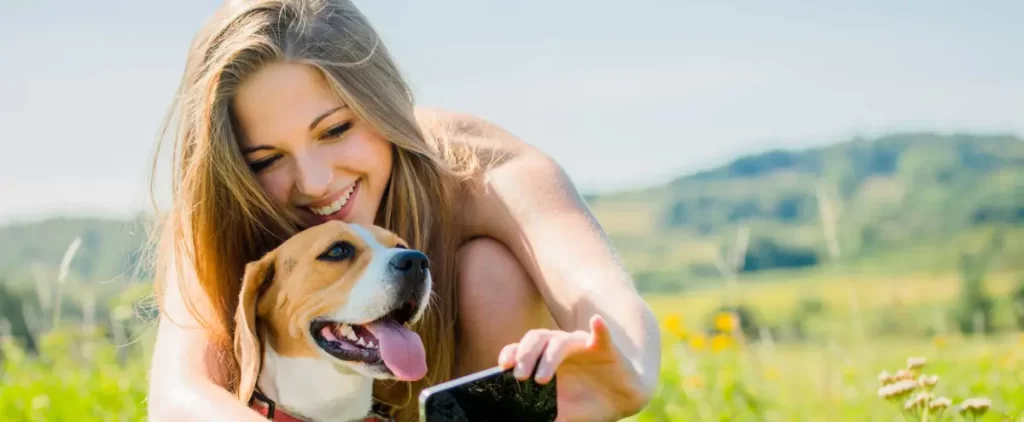Grooming an aggressive dog can be a challenging yet rewarding endeavor that requires patience, understanding, and consistent effort. Before embarking on this journey, it is crucial to acknowledge that aggression in dogs often stems from fear, anxiety, or past trauma. Therefore, the first step is to create a calm and safe environment to build trust gradually. Start with positive reinforcement techniques, rewarding good behavior with treats and praise. Establish a routine for grooming, making it a positive and enjoyable experience for your furry friend. Begin with short sessions, gradually increasing the duration as your dog becomes more comfortable. One key aspect of grooming an aggressive dog is desensitization. Introduce grooming tools gradually, allowing the dog to sniff and investigate them without feeling threatened. For instance, start by letting your dog become familiar with the sound of clippers or the touch of a brush before actual grooming begins. Positive associations will help mitigate anxiety and reduce aggressive behavior during grooming sessions.

It is essential to approach grooming with a calm and assertive energy. Dogs are highly attuned to their owner’s emotions, so maintaining a relaxed demeanor can help reassure your pet. If your dog exhibits signs of aggression, such as growling or snapping, avoid punishing or scolding. Instead, take a step back, give them space, and wait for them to calm down before resuming the grooming process. Consistency is key; over time, your dog will associate grooming with positive experiences, fostering a more affectionate relationship. A nether valuable technique is counterconditioning. Pair grooming activities with activities your dog enjoys, such as playtime or treats. This helps replace negative associations with positive ones, gradually transforming the dog’s perception of grooming. It is crucial to go at the dog’s pace, respecting their boundaries and not forcing them into uncomfortable situations. Be mindful of their body language, as this can provide insights into their comfort level and help prevent aggressive reactions. Regular exercise plays a significant role in managing aggression. Adequate physical activity helps release excess energy and reduce stress, making grooming sessions more manageable.
Consider incorporating walks, playtime, or other forms of exercise into your dog’s routine to promote overall well-being and view the website https://jamienotter.com/changes-coming-to-jamienotter-com/. Professional guidance can be instrumental in addressing aggression in dogs. Consult with a certified dog trainer or behaviorist who specializes in aggression cases. They can provide personalized strategies and techniques based on your dog’s specific needs. Additionally, attending obedience classes or socialization events can contribute to your dog’s overall behavioral development. Patience is the cornerstone of successfully grooming an aggressive dog. Understand that progress may be gradual, and setbacks are possible. Celebrate small victories and remain committed to the process. In time, your efforts will likely yield positive results, transforming aggression into affection and strengthening the bond between you and your furry companion. Always prioritize the well-being and comfort of your dog, and seek professional assistance if needed to ensure a safe and positive grooming experience.